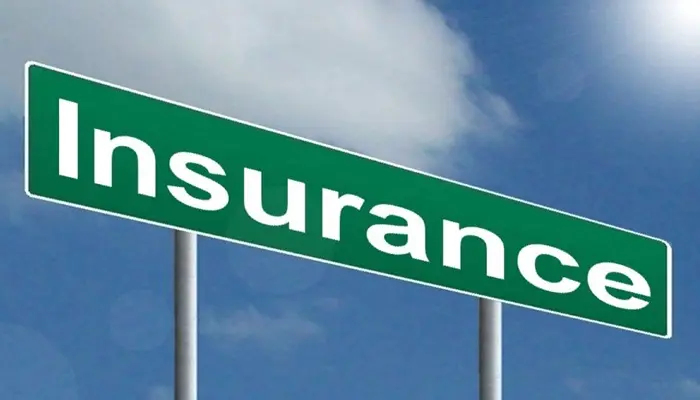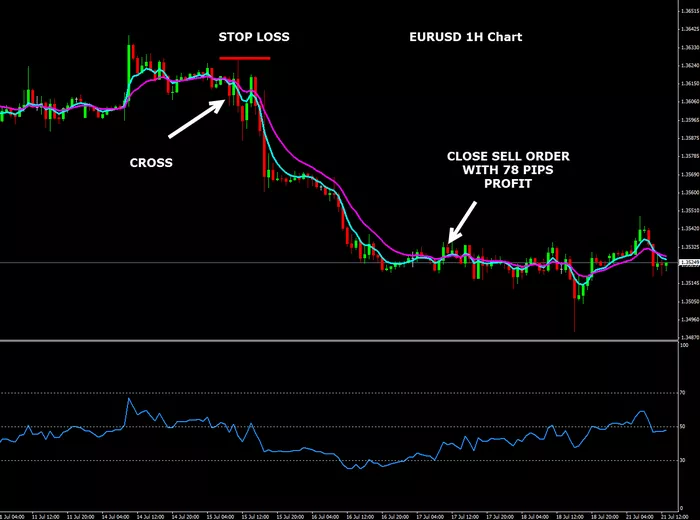For bike owners, one of the key considerations is whether to purchase bike insurance and, if so, how much it will cost. Understanding the costs and factors involved in bike insurance is crucial for any rider, whether you use your bike for daily commuting, long-distance travel, or just recreational purposes. This article will guide you through the process of understanding bike insurance, the factors that affect the cost, and how you can save money while still ensuring you are adequately covered.
What Is Bike Insurance?
Bike insurance is a policy designed to protect bike owners from financial losses resulting from theft, damage, accidents, or third-party liability. Just like car insurance, it provides coverage for various situations that could harm the owner, the bike, or others involved in an accident. While some countries require a minimum level of bike insurance, in others, it’s an optional form of protection. Regardless, it’s a wise investment for anyone who relies on a bike for transportation or leisure.
Bike insurance policies generally offer different types of coverage, and the cost depends on the type of insurance you choose, as well as factors such as the value of the bike, where it’s used, and your personal riding habits.
Types of Bike Insurance
Third-Party Insurance: This is the most basic level of bike insurance. It covers any damage caused to another person’s property or injury to another individual as a result of an accident. However, it doesn’t cover damages to your bike or injuries to yourself.
Third-Party, Fire, and Theft Insurance: This type of coverage extends third-party protection by adding coverage for your bike in case it’s stolen or damaged by fire. It’s a more comprehensive option, but it still doesn’t cover your own injuries or bike damages in an accident.
Comprehensive Insurance: This is the highest level of bike insurance, offering full protection for both third-party liability and damage to your own bike. It also typically includes personal injury coverage, meaning you can claim for medical expenses if you’re injured in an accident, along with coverage for bike repairs or replacement.
Factors Affecting Bike Insurance Costs
The cost of insurance on a bike varies depending on several key factors. While it may seem straightforward to purchase the cheapest plan available, it’s essential to weigh all the factors that determine the final price of your bike insurance. Here are the most common variables that influence insurance costs:
1. Type of Bike
The type of bike you own plays a significant role in how much your insurance will cost. Different bikes have different values, repair costs, and risks associated with them. For example:
Standard Bikes: A typical commuter or recreational bike will generally cost less to insure.
Sport and Performance Bikes: High-performance bikes, such as racing or sports motorcycles, will often carry higher premiums due to their higher risk of accidents and greater cost of repair or replacement.
Custom or Vintage Bikes: Custom-built bikes or vintage models might have higher premiums due to their higher value or unique parts. Specialized coverage may also be needed for rare or custom bikes.
2. Bike Value
Insurance companies typically base their premiums on the market value of your bike. The higher the value, the more expensive the insurance is likely to be. This is especially true for high-end bikes, luxury models, or bikes with expensive components. To get the right coverage, you should make sure your policy is sufficient to cover the full value of your bike in the event of a loss.
Replacement Cost: Some insurance policies will pay the full cost of replacing your bike if it’s damaged beyond repair or stolen. Others might only reimburse you for the current market value or depreciated value, which could result in a lower payout.
3. Rider’s Age and Experience
Your age, riding experience, and driving record will also affect the cost of your bike insurance. Younger riders or those with less experience are typically charged higher premiums because they are statistically more likely to be involved in accidents.
Young Riders: Insurance for riders under 25 is generally more expensive due to the higher risk of accidents.
Experienced Riders: More experienced riders may be eligible for discounts or lower premiums, especially if they have a history of safe riding.
4. Location and Usage
Where you live and how you use your bike are essential factors in determining your insurance rate. High-crime areas or regions with more traffic congestion tend to have higher premiums. Similarly, how often you use your bike will affect your rates:
Urban vs. Rural: Riders in urban areas with heavy traffic may pay more due to the increased risk of accidents and theft.
Commuting vs. Leisure: If you use your bike as a primary mode of transportation for commuting, the insurance premium may be higher. Occasional riders who use their bikes for leisure typically pay less.
5. Safety Features and Anti-Theft Devices
Insurance providers often offer discounts if your bike is equipped with certain safety features or anti-theft devices. These devices reduce the likelihood of theft or damage, which in turn lowers the risk for insurers.
Anti-Theft Devices: Locks, alarms, and GPS tracking systems can make your bike more secure and help lower insurance premiums.
Safety Features: Features such as anti-lock brakes, traction control, and other safety-enhancing systems may also lead to lower insurance rates.
6. Coverage Limits and Deductibles
The type of coverage you select and the deductible amount you choose will have a direct impact on your insurance cost. Higher coverage limits and lower deductibles generally lead to higher premiums, but they provide more comprehensive protection in case of an accident or theft.
Higher Coverage: A more comprehensive plan that covers damages to your bike, medical expenses, and third-party liability will come with a higher premium.
Lower Deductible: If you choose a policy with a low deductible, your monthly or annual premiums will be higher, but you will pay less out-of-pocket in case of a claim.
7. Claims History
Just like with auto insurance, if you have a history of making frequent claims, your premiums may increase. Insurance providers view a rider with multiple claims as a higher risk, and they typically charge higher rates as a result.
No Claims Bonus: Many insurance companies offer discounts for claim-free riders, so if you have a clean history, you may receive a reduction in your premiums.
8. Insurance Provider
Different insurance providers may offer varying rates for similar coverage. It’s essential to shop around and compare quotes from multiple insurers to ensure you’re getting the best deal. Some providers may offer additional services or discounts, such as multi-policy discounts if you insure your bike along with your car or home.
How Much Does Bike Insurance Cost?
While the cost of bike insurance varies significantly based on the factors listed above, there are general ranges for premiums:
Basic Insurance: Basic third-party insurance for a standard bike can cost anywhere from $100 to $300 per year. This is typically the most affordable option and covers basic third-party liability.
Comprehensive Insurance: Comprehensive coverage for a standard bike can range from $300 to $700 per year, depending on the value of the bike, the rider’s experience, and the location.
Sport and High-Performance Bikes: For sport bikes or motorcycles with higher performance capabilities, the cost of insurance can range from $500 to $1,500 per year. High-performance bikes carry higher premiums due to their higher risks and greater repair costs.
Vintage or Custom Bikes: Vintage and custom bikes may require specialty coverage, which can cost anywhere from $500 to $1,000 per year, depending on the value of the bike and the components.
Example Costs by Bike Type
Commuter Bike: A typical commuter bike might cost $200 to $400 per year to insure for a basic third-party or third-party, fire, and theft policy.
Sport Bike: A sport bike with a higher performance engine may cost $500 to $1,000 per year to insure, depending on the policy type and coverage options.
Motorcycle: Full coverage for a motorcycle can range from $600 to $1,500 per year, depending on the make and model, rider age, and other factors.
How to Save on Bike Insurance
While bike insurance is an essential protection for riders, there are several ways to reduce your premium costs without compromising on coverage:
1. Shop Around and Compare Quotes
Different insurance companies offer different rates, even for similar coverage. Always get multiple quotes and compare the terms, coverage, and premiums before making a decision.
2. Increase Your Deductible
Choosing a higher deductible can lower your premiums. However, make sure you can comfortably afford the deductible in the event of a claim.
3. Install Anti-Theft Devices
Adding locks, alarms, or GPS tracking devices to your bike can reduce the risk of theft and lead to discounts on your premium.
4. Take a Safety Course
Some insurers offer discounts for riders who complete certified safety courses. This not only helps reduce your premium but also makes you a safer rider.
5. Opt for a Lower-Cost Bike
The value of your bike directly affects your premiums. While this may not be a viable option for some, opting for a less expensive bike or a bike with lower performance capabilities can reduce your insurance costs.
Conclusion
Bike insurance costs can vary greatly depending on factors like bike type, rider experience, location, and coverage limits. On average, insurance for a standard bike might cost between $100 and $700 per year, while high-performance bikes and motorcycles may cost more. Understanding the factors that influence your premiums and shopping around for quotes are essential steps in getting the best deal. While insurance can seem expensive, the peace of mind and protection it provides make it a worthwhile investment for any bike owner.
Related topics:



























